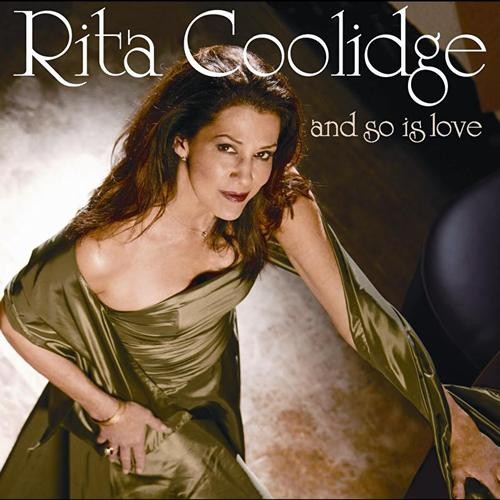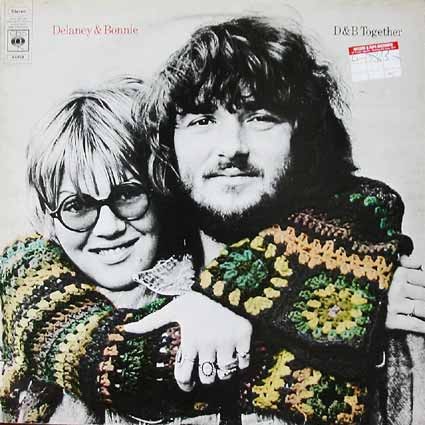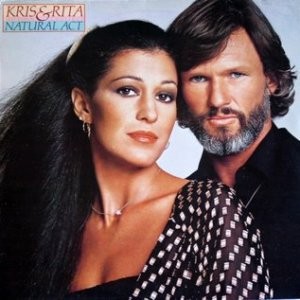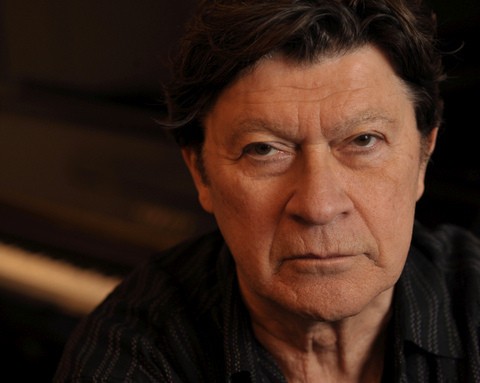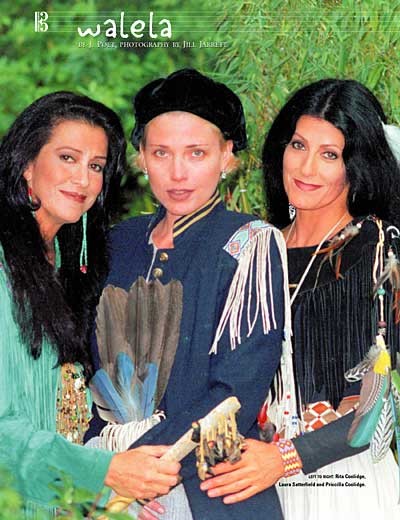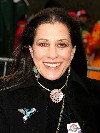Rita Coolidge Discusses Her Cherokee Heritage
Part One of a Dialogue with the Renowned Singer
By: Charles Giuliano - Nov 28, 2012
Charles Giuliano We look forward to your Christmas Show at the Clark Art Institute on Friday (November 30).
Rita Coolidge It’s been busy I have three gigs this weekend then come home (North of San Diego) to see my daughter. Back on the road. Then Christmas in Japan for a jazz tour.
CG That’s a lot of Globe trotting for a grandmother. Isn’t this the time of life when we start to slow down.
RC (Laughing) I’m not happy when I do. I get restless staying at home. I like making music and being with my band.
This past summer I was taking care of my mother who was passing. That was over five or six months. My father passed last February. I was hands on and kept her at home. I took care of her. It was a great lesson in the gift of love that we share. And the love that I have for my career and the music. I loved my mother so very much. I’m just so grateful to have had that and now be back out on the road.
CG It’s that time of our lives when we all go through this. I remember you from the ‘60s when we were all immortal. I covered you back then for the Boston Herald Traveler and recall you fondly from that era.
RC I was at Florida State until the end of the 1960s. I graduate then went to Memphis for a year. Then went to California where I recorded with Delaney and Bonnie.
CG I covered a Tea Party (Boston) gig when they were so bombed they couldn’t get out of the dressing room. We waited forever for them to get on stage. Eric Clapton was touring with them. The James Gang was the opening act and between sets Clapton jammed with Joe Walsh and Peter Green who happened to be in town. The wheels kind of came off that tour.
RC With Delaney and Bonnie alcohol was a bigger player than anything else. And some coke but they never did smack. And I had no idea about all that. I was a preacher’s daughter just out of college. It was much later when I was on the (Joe) Cocker tour that I found out what people were capable of. It just scared me to death and I wanted to go home. It’s not been a part of my life.
CG But you were in that life. It was all around you.
RC It was until I moved away from it and settled into a solo career. It’s not all around me. My solo career began when I recorded my first record and went on the road.
CG Can we talk about the band you are now touring with?
RC Some of these players have been with me for twelve to fourteen years. The keyboard player works with Bruce Hornsby as well so I am always lucky to get him. John Thomas is on keyboards. John McDuffie on guitar, Randy Landis, bass, and Lynn Coulter on drums.
CG What kind of set will you be performing?
RC This is a Christmas show on the 30th, right? The night before is not a Christmas show which I find unusual at this time of year. We’ll be doing songs from the new Christmas album, some with a choir, and some hits that people want to hear.
CG From the Christmas album I was particularly stuck by “Amazing Grace” which you sing in Cherokee. That seems particularly to resonate with your persona and heritage.
RC It’s the Cherokee national anthem. That’s my ancestry. It always means something deeply spiritual to me. Especially now that my parents have crossed over. It brings me close to them and their memory.
CG Are you fluent in the language?
RC Uh uh. No I’m not. Just a little bit. I never learned the language. Daddy didn’t speak the language. That’s a whole other story. It was not popular in history at certain points to be Indian. It was actually a hindrance for a lot of people. It wasn’t something that Indian people announced. People on the reservation, who remained on the rez, remained closer to the ceremonies and the language. Tahlequah, Oklahoma is where the Western band of Cherokees are seated. Just now, in the past ten years, the chief there, Chad Corn Tassel Smith, I went to high school with Chad, when he became chief his intention was to bring the language back to the kids. To have it be taught to them in schools. They’ve been able to do that. And to put together the Voices of the Creator’s Children which is the Cherokee children’s choir which I recorded with. They’ve been all over the world. He’s made such a difference in trying to hang on to some of these things which we’re losing.
(Tahlequah is a city in Cherokee County, located at the foothills of the Ozark Mountains. It was founded as a capital of the original Cherokee Nation in 1838 to welcome those Cherokee forced west on the Trail of Tears. The city's population was 15,753 at the 2010 census. The main campus of Northeastern State University is located in the city. Tahlequah is the capital of the two federally recognized Cherokee tribes in Oklahoma, the United Keetoowah Band of Cherokee Indians, and the modern Cherokee Nation.)
Oklahoma was Indian Territory and that’s where some of our people went. Some went on to Texas but there was a group that stayed behind (North Carolina) and knew the mountains. They said ‘you can’t get us because we know these mountains. This is where we live.’ They stayed in the mountains for forty years then were loaded up and put into wagons in the Trail of Tears. They ended up in Tahlequah, Oklahoma. That’s the Western Band. The Eastern Band is in Cherokee, North Carolina. They were all over.
I took a college class which Chad teaches. He teaches Indian Studies at Dartmouth. I went back to Tahlequah eight or ten years ago. He invited me because he was teaching his class. There were professors from all over the country that came to take this college course. It was fascinating and I learned so much about the vast territory which was occupied by the Cherokee. Often within the Cherokee land would be a group of Choctaw. The Five Civilized Tribes were the Cherokee, Chickasaw, Choctaw, Creek, and Seminole. They were the designated tribes to be on the Trail of Tears.
(The Trail of Tears is a name given to the forced relocation and movement of Native American nations from southeastern parts of the United States following the Indian Removal Act of 1830. The removal included many members of the Cherokee, Muscogee (Creek), Seminole, Chickasaw, and Choctaw nations, among others in the United States, from their homelands to Indian Territory (eastern sections of the present-day state of Oklahoma). The phrase originated from a description of the removal of the Choctaw Nation in 1831. Many Native Americans suffered from exposure, disease and starvation en route to their destinations. Many died, including 4,000 of the 15,000 relocated Cherokee.)
CG As I recall that was Andrew Jackson and William Henry Harrison (both later presidents of the United States).
RC That’s right.
CG As I understand it Jackson chased the Seminoles into Florida. But they retreated into the swamps and he couldn’t pursue them. The Seminoles were never defeated or signed a treaty with the United States. Are you enrolled in the Cherokee Nation?
RC No, I’m not. I did a lot of research. To be on the official government roll you have to be able to trace your ancestors back to The Trail of Tears. I had a great aunt who was on the Trail which we could trace. So many people changed their names. Because of the lack of a written language the names would be written by a white man. So the names were not even close or the names would be changed to an English name. So we were not able to get the documents to prove that our ancestors were on the Trail. At that time some of this was hidden and literally records were not kept. If people were born in Cherokee country there were no government records. My aunt’s name in Cherokee means Little Creek. My grand daughter is named after her. In the roll it was listed as Amani. That’s not the same name.
CG Where does Coolidge come from?
RC We’re getting way deep into the history. (laughs) My father was Indian. His father was full blood Cherokee. He was already born when my grandmother married Papa Coolidge. She just changed all the kids’ names to Coolidge.
CG When I saw you perform in the 1970s I recall that you wore Native American jewelry like neck chokers. But it didn’t seem at the time that your heritage was a part of the stage persona. Was there a change and when did that occur?
RC There was a time when my curiosity about Cherokee people peaked. My father was a Baptist preacher and we didn’t grow up with Cherokee people. We didn’t grow up in the culture other than things that Daddy taught us. We were never around other Indian people. We were called gypsies. I grew up in Tennessee and it was something that I had to seek out for myself. In doing that I became very close to the people and educated myself about it. I didn’t learn the language. But I learned a lot about Native heritage all over the country. I participated in that and recorded two CDs and a DVD with my sister and niece. They won Native American Music awards.
When we started doing that Robbie Robertson (guitar player and leader of The Band) was doing an album and TV special, six to eight hours for the Turner television station.
(Music for The Native Americans is a 1994 album by Robbie Robertson, compiling music written by Robertson and other colleagues (billed as the Red Road Ensemble) for the television documentary film The Native Americans. The album was Robertson's first foray into writing music specifically inspired by his Mohawk heritage. Robertson brought in his son Sebastian Robertson to handle the drums on "Golden Feather", "Skinwalker", "It Is a Good Day to Die" and "Words of Fire, Deeds of Blood". His daughter Delphine Robertson sings backing vocals on "Coyote Dance".)
It was an effort of the television people to accurately tell the story of what happened to Native people during The Invasion. It was very informative. It was information I would have loved to have had when I was a kid. Robbie did the music for the special and everyone who worked on it were Native people. Because Robbie is Iroquois. (Robertson was born in Toronto, Ontario, Canada to a Jewish father and a Mohawk mother. He had his earliest exposure to music at Six Nations of the Grand River First Nation, where he spent summers with his mother’s family.)
He invited me to come to the studio where we spent several nights. We listened to music, sound, and got ideas. He asked me to bring in some of my family and let’s do this music together. We were under the umbrella of the Red Road Ensemble. Later we started our own group. We called Robbie our Fairy Godfather. He really pushed and encouraged us to do this. Our group was called Walela. That’s Cherokee for Humming Bird.
CG Was Buddy Sainte Marie a part of that project?
RC I see Buffy every now and then at Native events. They happen all over the country all the time. Unless you are hooked into the Native community you wouldn’t be aware of it. There are giant Pow Wows and Music Festivals that include Native people. Buffy lives in Hawaii. We did all this recording here (California). Buffy wasn’t a part of it. She’s a part of another group.
(One of the renowned folk singers of the 1960s she was born Beverly Sainte-Marie in 1941 on the Piapot Cree Indian reserve in the Qu'Appelle Valley, Saskatchewan, Canada.She was orphaned and later adopted, growing up in Wakefield, Massachusetts with parents Albert and Winifred Sainte-Marie, who were related to her biological parents. She attended the University of Massachusetts Amherst, earning degrees (BA 1963 and PhD 1983) in teaching and Oriental philosophy.)
We toured with Robbie in Italy and England. I can’t remember where we went. We found that the people in Europe seemed to have greater love and respect for Native music. For the drumming and chanting. They were more familiar with the artists. There was a great deal of reverence for the Native music.
In England women would come up to me and fall on their knees saying “I’m sorry. I’m sorry.” For what? “I’m so sorry for what my people did to your people.” I said “You didn’t do anything to me. Get up.”
It was an experience and I’ve worked with Robbie on several of his records.
Part Two
Review of Concert at the Clark Art Institute

